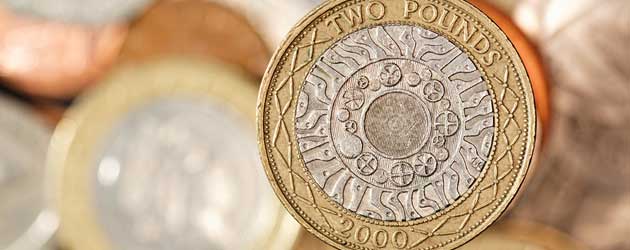
Yesterday was a massive day for the currency market with key statements from the Bank of England and the European Central Bank, plus an important GDP report in the United States.
The Pound and the US Dollar emerged as the clear winners on the day, whilst the Euro was certainly the biggest loser.
The Sterling to Euro exchange rate (GBP/EUR) jumped higher by just over a cent, striking a 10-month high of 1.2045, as the ECB wrong-footed financial markets by reducing its benchmark interest rate by 25 basis points from 0.50% to 0.25%. The Pound’s rallies brought GBP/EUR above significant psychological resistance at 1.2000 for only the second time this year.
ECB President Mario Draghi said that falling price pressures – the headline Eurozone CPI inflation rate recently struck a 4-year low of 0.7% – were the main causes for the 25bps cut. The European Central Bank intends to maintain a Consumer Price Index of close to, but just under, 2.0%. Soft inflation risks deflation kicking in, and deflation can seriously undermine an economic revival if it causes consumers and businesses to hold back on purchases, under the impression that prices will be cheaper in the future.
The ECB also mentioned that it expects rates to remain low for a prolonged period of time and predicted that inflation may also remain soft for the foreseeable future. Draghi indicated that further rate cuts, including a possible introduction of negative deposit rates, are possible if the inflationary outlook fails to improve. The general tone of the statement was dovish and this only acted to exacerbate the single currency’s losses against both the Pound and the US Dollar.
GBP/EUR grew by one cent to 1.2000 and EUR/USD fell by two cents to 1.3320 in the immediate aftermath of the announcement. Investors were expecting the ECB to wait until December to announce the rate cut, which contributed to the sharp knee-jerk reactions.
Bank of England sticks with policy
The Bank of England’s decision to hold the benchmark interest rate at 0.50% and maintain its current asset purchasing target of £375 billion was widely anticipated by markets, and as such it did not have a massive impact on the Pound. However, Sterling did decline modestly by -0.2 cents against the US Dollar in the aftermath of the BoE announcement because some traders had hoped for an update to the Bank’s forward guidance policy.
The BoE currently expects the first interest rate hike to take place in 2016, but the general consensus in financial markets is that rates will be raised earlier than that due to the UK’s burgeoning economic revival.
US GDP beats forecasts
The US Dollar benefitted from a stronger-than-expected annualised third quarter GDP result of 2.8%, which smashed predictions of 2.0% and showed that the 16-day government shutdown did not damage the US economy as much as initially estimated.
The Pound to US Dollar exchange rate (GBP/USD) shrunk by around -0.6 cents, from 1.6080 to 1.6020 in response to the upbeat print. However, Sterling clawed back its losses during the afternoon as traders appeared reluctant to send the ‘Greenback’ any higher ahead of this afternoon’s Non Farm Payroll report.
US Non-Farm Payrolls are expected to have grown by 125,000 during October, which is below the 12-month average of 148,000. If the NFP print disappoints then Sterling could grow versus the Dollar, but if the labour market indicator impresses, as recent American data has done, GBP/USD could fall towards 1.6000.

Comments are closed.